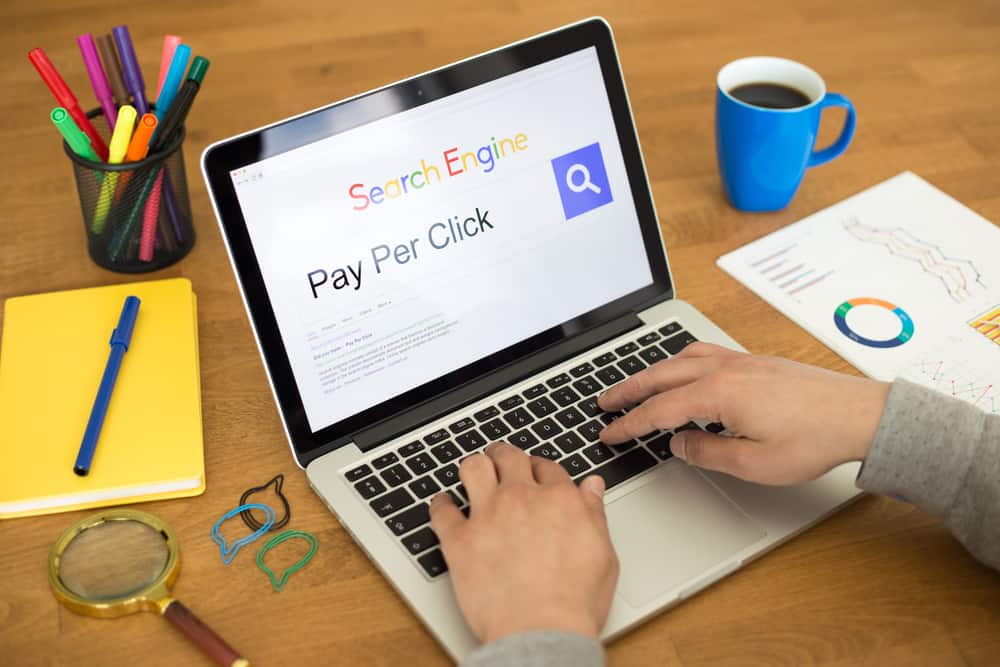Master the Art of PPC Pay Per Click Advertising

Pay per click (PPC) advertising is a powerful digital marketing strategy that allows businesses to drive targeted traffic to their websites. By mastering the art of PPC advertising, you can reach potential customers at the right time with the right message, ultimately boosting your online visibility and driving conversions. Here's a comprehensive guide to help you navigate the world of PPC advertising and achieve success in your campaigns.
The Basics of PPC Advertising
What is PPC Advertising?
- PPC advertising is a model of online advertising where advertisers pay a fee each time their ad is clicked.
- It is a way of buying visits to your site rather than attempting to earn those visits organically.
Key Components of PPC Advertising
- Keywords: The words or phrases that trigger your ads to appear in search results.
- Ad Copy: The text of your ad that entices users to click through to your website.
- Landing Page: The webpage users are directed to after clicking on your ad.
- Bid Strategy: The amount you are willing to pay for each click on your ad.
Setting Up Your PPC Campaign
Define Your Goals
- Identify what you want to achieve with your PPC campaign, whether it's driving traffic, generating leads, or increasing sales.
- Set specific, measurable goals to track the success of your campaign.
Keyword Research
- Perform thorough keyword research to identify relevant keywords for your business.
- Use tools like Google Keyword Planner to discover keywords with high search volume and low competition.
Create Compelling Ad Copy
- Write engaging ad copy that highlights the unique selling points of your products or services.
- Include a clear call to action to encourage users to click on your ad.
Optimizing Your PPC Campaign
Monitor Performance
- Regularly monitor the performance of your PPC campaign to track key metrics like click-through rate, conversion rate, and cost per conversion.
- Identify underperforming keywords or ads and make necessary adjustments to improve results.
Split Testing
- Conduct A/B tests on different ad variations to determine which ones perform best.
- Test different elements such as headlines, ad copy, and call to actions to optimize your ads for better results.
Optimize Landing Pages
- Ensure your landing pages are relevant to your ads and provide a seamless user experience.
- Optimize landing page content and design to improve conversion rates and reduce bounce rates.
Advanced Strategies for PPC Success
Remarketing
- Use remarketing campaigns to target users who have previously visited your website but did not convert.
- Show tailored ads to these users to encourage them to return to your site and complete a desired action.
Ad Extensions
- Take advantage of ad extensions to provide additional information in your ads, such as phone numbers, location, or links to specific pages on your site.
- Ad extensions help increase visibility and provide users with more relevant information about your business.
Location Targeting
- Target your ads to specific geographic locations to reach customers in your target market.
- Adjust bid strategies based on location performance to maximize your ROI in different regions.
Tracking and Measuring Success
Use Conversion Tracking
- Implement conversion tracking to measure the actions users take on your website after clicking on your ad.
- Track key conversions such as form submissions, purchases, or sign-ups to gauge the effectiveness of your PPC campaign.
Analyze Data and Make Informed Decisions
- Regularly analyze campaign data to identify trends, patterns, and areas for improvement.
- Use data-driven insights to make informed decisions and optimize your PPC campaigns for better performance.
By mastering the art of PPC advertising and implementing these strategies, you can create successful campaigns that drive targeted traffic, increase conversions, and grow your business online.